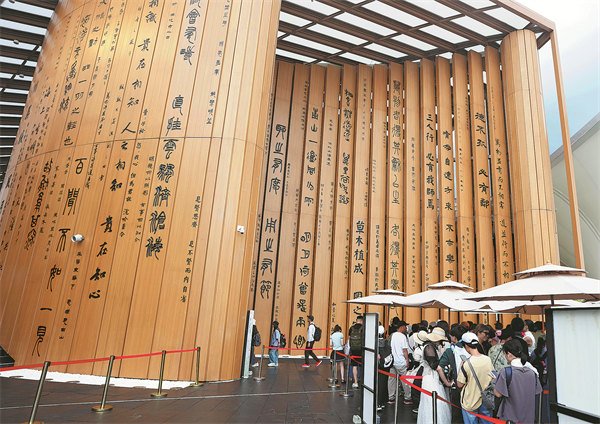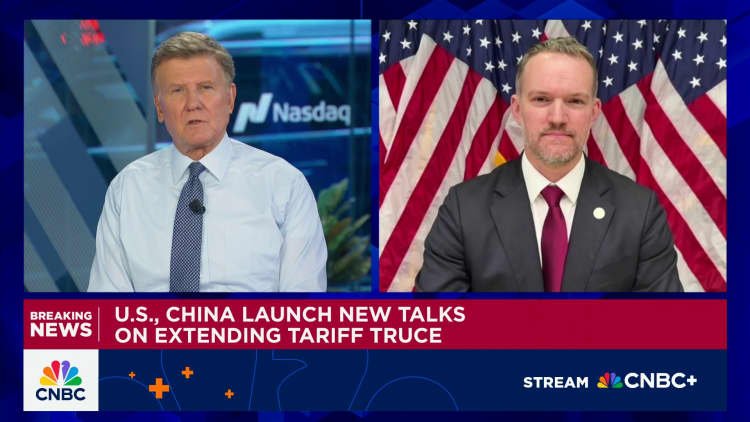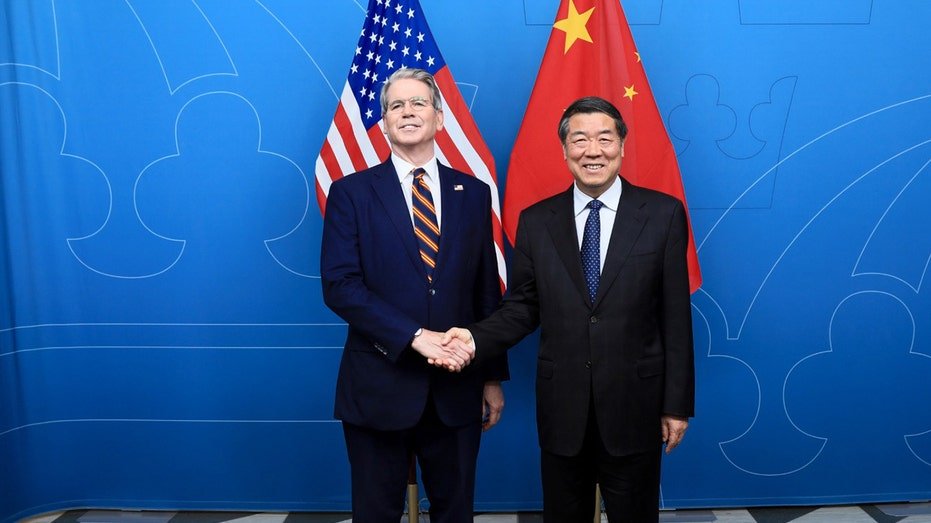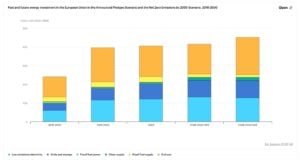The World Artificial Intelligence Conference kicked off in Shanghai on Saturday, July 26, 2025.
Nurphoto | Nurphoto | Getty Images
BEIJING — Chinese companies are making smarter artificial intelligence models that are increasingly cheaper to use, echoing key aspects of DeepSeek’s market-shaking breakthrough.
Startup Z.ai, formerly known as Zhipu, announced Monday that its new GLM-4.5 AI model would cost less than DeepSeek to use. In contrast to the logic underlying existing AI models, Z.ai said its new GLM-4.5 is built on what’s known as “agentic” AI, meaning that the model automatically breaks down a task into sub-tasks in order to complete it more accurately.
The new model is also open sourced, meaning it is free for developers to download and use.
At about half the size of DeepSeek’s model, GLM-4.5 only needs eight Nvidia H20 chips to operate, Z.ai CEO Zhang Peng told CNBC on Monday.
That’s the chip Nvidia customized for China in order to comply with U.S. export controls. The chipmaker said this month that the U.S. will allow it to resume those China sales after a three-month pause, but it’s unclear when those shipments will begin.
Zhang said the company doesn’t need to buy more of the chips as it has enough computing power for now, but declined to share how much Z.ai spent on training the AI model. Details will be released later, he said.

Back in January, DeepSeek had rattled global investors with its apparent ability to defy U.S. chip restrictions and create an AI model that not only rivaled U.S.-based OpenAI’s ChatGPT, but also undercut it in training and operating costs.
DeepSeek claimed training costs for its V3 model were less than $6 million, although some analysts said that figure was based on the company’s hardware spend of more than $500 million over time.
Z.ai said that for its new GLM-4.5 model, it would charge 11 cents per million input tokens versus 14 for DeepSeek R1; and 28 cents per million output tokens versus $2.19 for DeepSeek. Tokens are a way of measuring data for AI model processing.
Earlier this month, Alibaba-backed Moonshot released Kimi K2, which claimed to beat OpenAI’s ChatGPT and Anthropic’s Claude on certain coding capabilities. Kimi K2 charges 15 cents for every 1 million input tokens, and $2.50 per 1 million output tokens, according to its website.

Subscribe now
In late June, OpenAI named Zhipu in a warning about Chinese AI progress. The U.S. has also added the startup to its entity list that restricts American companies from doing business with it.
Z.ai launched in 2019 and is reportedly planning an initial public offering in Greater China.
The startup has raised more than $1.5 billion from investors including Alibaba, Tencent and Qiming Venture Partners, according to PitchBook. Aramco-backed Prosperity7 Ventures as well as municipal funds from the cities of Hangzhou and Chengdu are also among Z.ai’s backers, the database showed.
In the last few weeks, several other Chinese companies have announced new, open-source AI models. During the World AI Conference in Shanghai, Tencent released the HunyuanWorld-1.0 model for generating three-dimensional scenes for game development. Last week, Alibaba announced its Qwen3-Coder model for writing computer code.

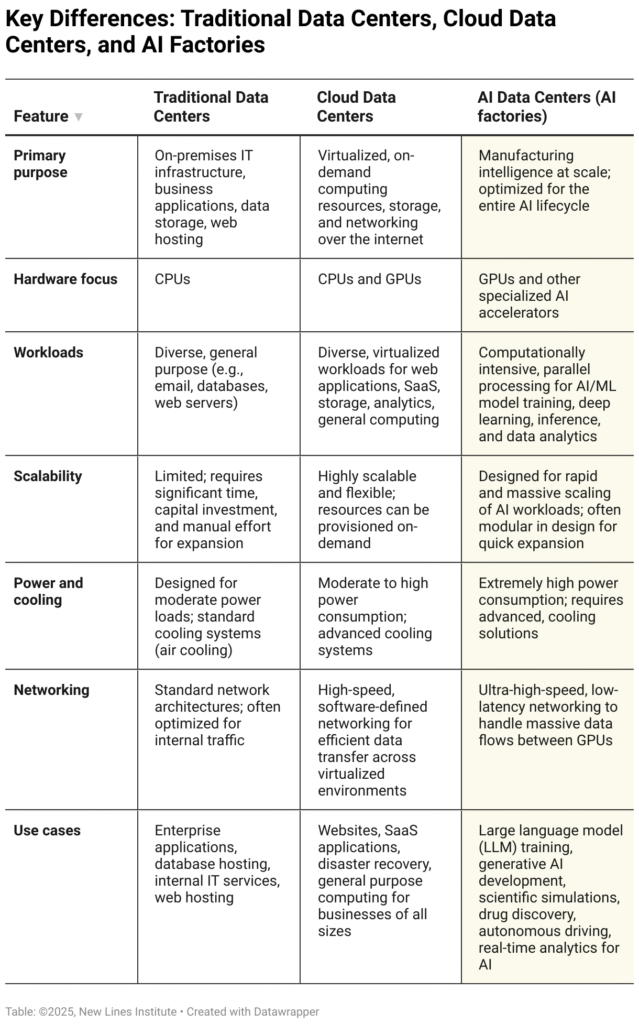
![[News] AMD Killer Switches Sides: Former Intel China President Joins Team Red](https://koala-by.com/wp-content/uploads/2025/07/AMD-headquarters-santa-clara-624x416.jpg)
